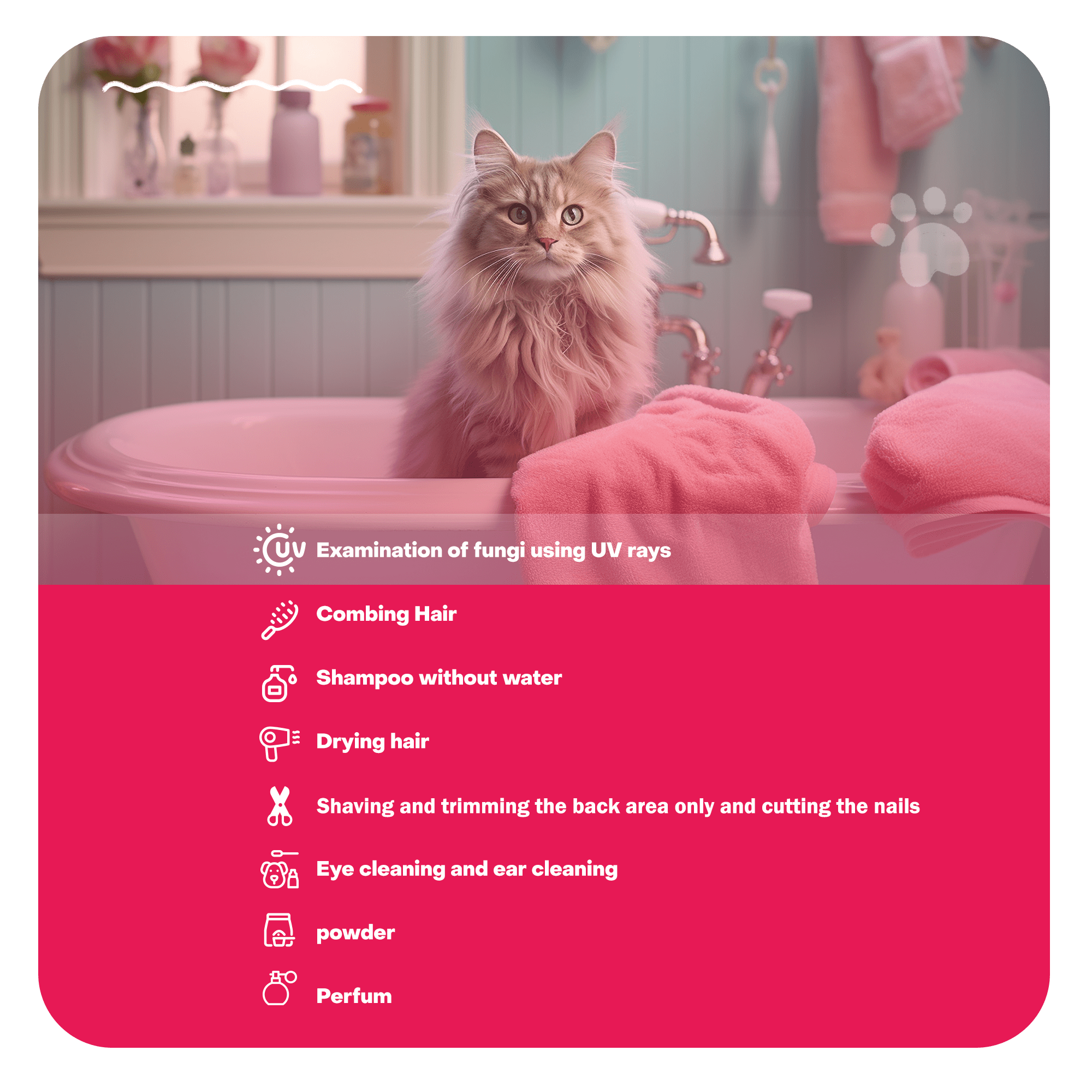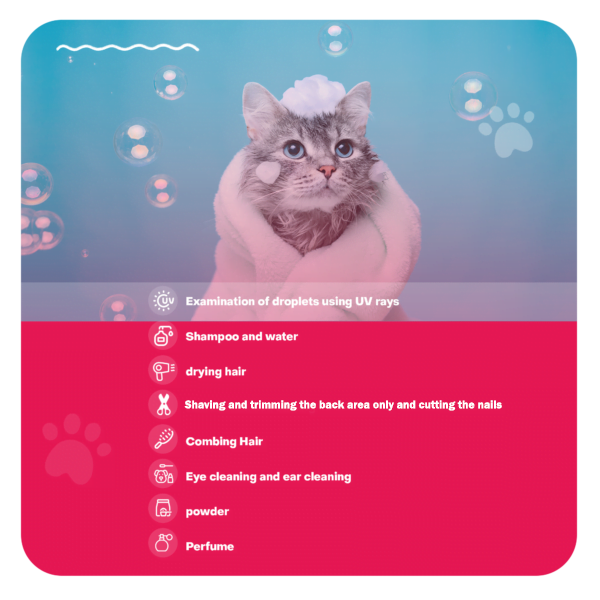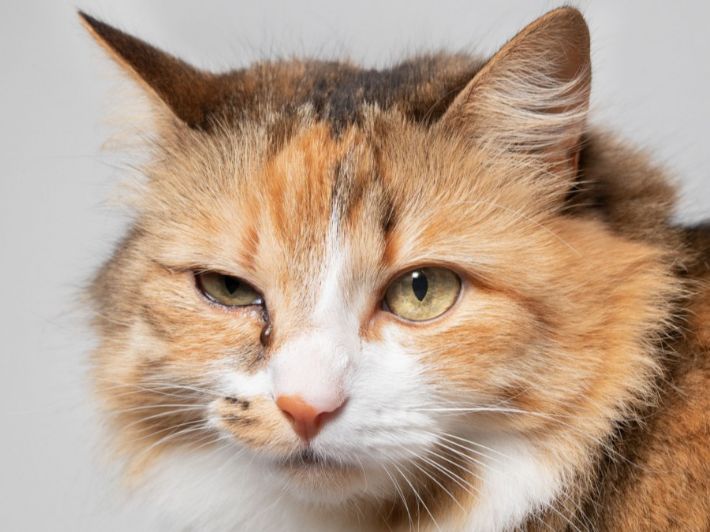Cats are undoubtedly among the best pets, bringing comfort and joy into our lives. One crucial aspect of maintaining a cat’s health and well-being is grooming. Grooming is not just a cosmetic activity; it plays a vital role in preserving a cat’s health and enhancing its psychological well-being.
Benefits of Cat Grooming:
1. Maintaining Skin and Fur Health:
Grooming helps remove dead fur and skin flakes, preserving the cat’s skin health and reducing the risk of matting and irritation.
2. Improving Blood Circulation:
Massaging the skin during grooming stimulates blood flow, nourishing the skin and enhancing the quality of the fur.
3. Reducing Matting:
Regular grooming prevents the formation of mats, avoiding hair tangles and discomfort for the cat.
4. Enhancing Psychological Comfort:
Grooming sessions provide an opportunity to strengthen the bond between the cat and its owner, contributing to the cat’s psychological well-being and creating a positive environment.
Proper Cat Grooming Techniques:
Grooming is an essential part of pet care, contributing to the overall health and comfort of the cat. Here are some tips on proper cat grooming:
1. Choose the Right Brush:
Select a brush suitable for your cat’s fur type—short-haired or long-haired. Using the right brush ensures the effective removal of dead hair.
2. Groom Regularly:
Schedule regular grooming sessions for your cat. Regular grooming helps prevent hair matting and reduces shedding in the home. Cats with long hair may require more frequent grooming.
3. Pay Attention to Sensitive Areas:
Be cautious when grooming sensitive areas like the abdomen and ears. Handle these areas gently to avoid causing discomfort to the cat.
4. Use the Right Tools:
Utilize appropriate tools such as soft brushes and detangling brushes. Long-haired cats may need a grooming brush designed to tackle mats.
5. Provide Treats and Positive Reinforcement:
Offer small treats and praise during grooming sessions. Creating a positive experience encourages cooperation from the cat.
6. Consider Supplements if Necessary:
If your cat experiences excessive shedding, consult a vet about specialized supplements to support coat health.
7. Avoid Forcing:
Avoid forcing a cat into grooming if it’s not ready. Gradual acclimatization to grooming is essential.
8. Nail Care:
Check and trim the cat’s nails during grooming if you’re accustomed to regular nail trimming.
9. Create a Comfortable Environment:
Conduct grooming sessions in a calm and comfortable environment. Include your cat’s favorite toys to make the experience enjoyable.
Grooming Cats: More Than a Care Routine
Grooming cats isn’t just a care activity; it’s a positive interaction that promotes the health and comfort of the cat. By taking the right steps and providing necessary attention, a cat owner can establish a strong bond and ensure good health for their little friend.
Bathing cats is not a routine or recommended practice except in specific cases. Cats naturally groom themselves, using their tongues and mouths, and are capable of maintaining the cleanliness of their fur. However, in some cases,
Bathing may be necessary, such as:
1. Severe Contamination:
If a cat has been exposed to severe contamination, like coming into contact with chemicals or toxic substances, bathing may be necessary to remove these substances from its fur.
2. Skin Issues or Allergies:
In cases of skin problems or allergies requiring the use of special shampoo or treatment, bathing may be necessary according to the veterinarian’s instructions.
3. Long-Haired Cats:
Some long-haired cats may experience severe hair matting, and occasional bathing may be required to prevent tangling.
However, bathing a cat should be done carefully, using appropriate products specifically designed for cats. Get to know some experts in cat care at [Petaholic](https://petaholic.com/ ).
Considerations regarding potential drawbacks include:
1. Loss of Comfort and Stress:
Many cats genuinely dislike water, and the experience can be exhausting and confusing for them, leading to stress and anxiety.
2. Dry Skin:
Using inappropriate shampoo or bathing too frequently can lead to dry skin, especially if moisturizing products are not used after bathing.
3. Altered Natural Oil Balance:
Frequent bathing may alter the natural oil balance in a cat’s skin, affecting the luster and health of its fur.
4. Risk of Heat Loss:
Cats should be bathed in a warm, enclosed space to prevent heat loss, especially in a cold environment.
It’s important to consult a veterinarian before deciding to bathe your cat to ensure it is necessary and to determine the correct method and with the right experts with petaholic team
Cat grooming is more than a care routine; it’s a positive interaction that promotes a cat’s health and well-being. By taking the right steps and providing the necessary attention, a cat owner can establish a strong bond and ensure good health for their feline companion.
Bathing cats is not a routine or recommended practice except in specific cases. Cats naturally groom themselves, and bathing is only necessary in situations like severe contamination, skin issues, or for long-haired cats facing matting issues. Always consult a veterinarian before deciding to bathe your cat to ensure it is necessary and to determine the correct method and suitable products available






